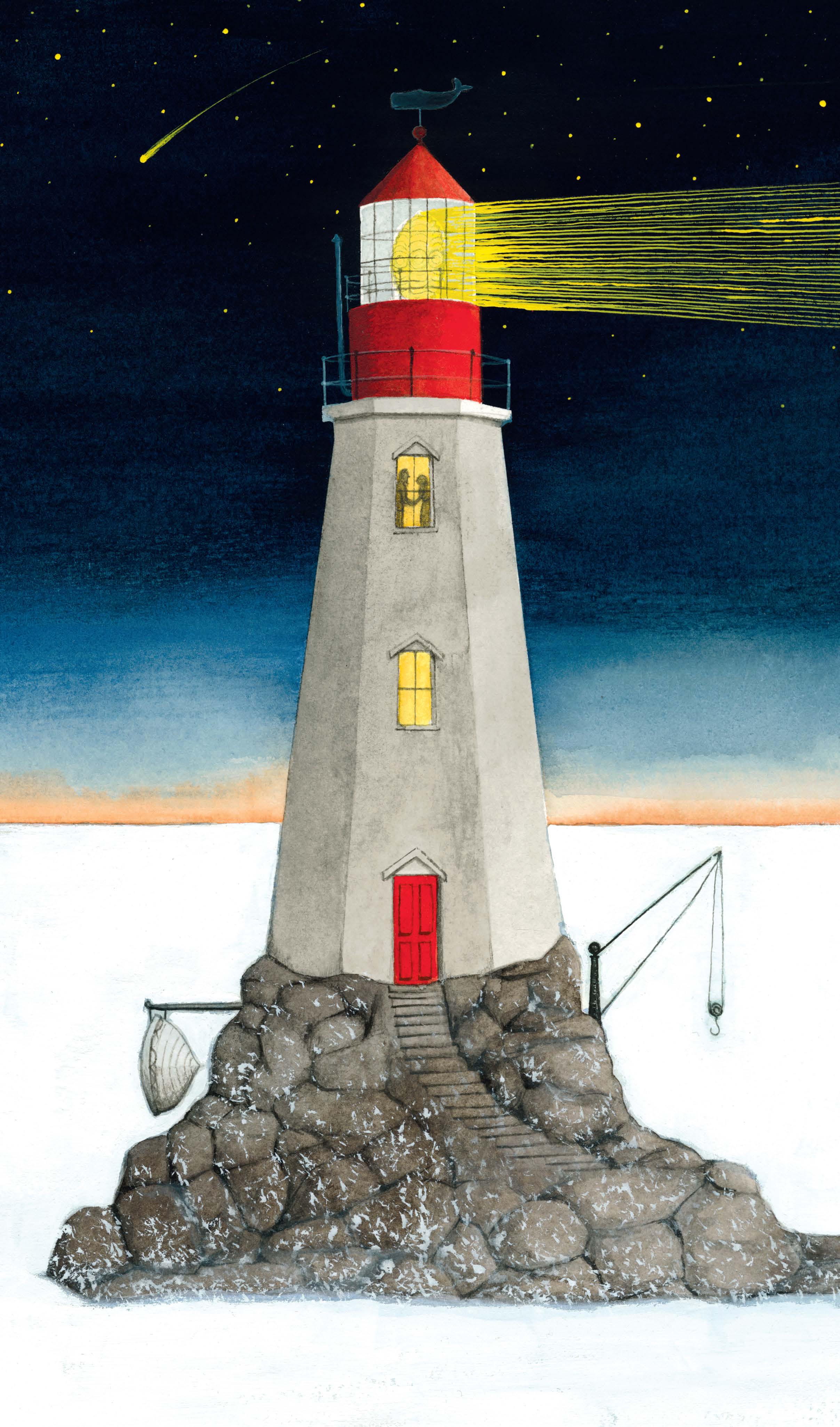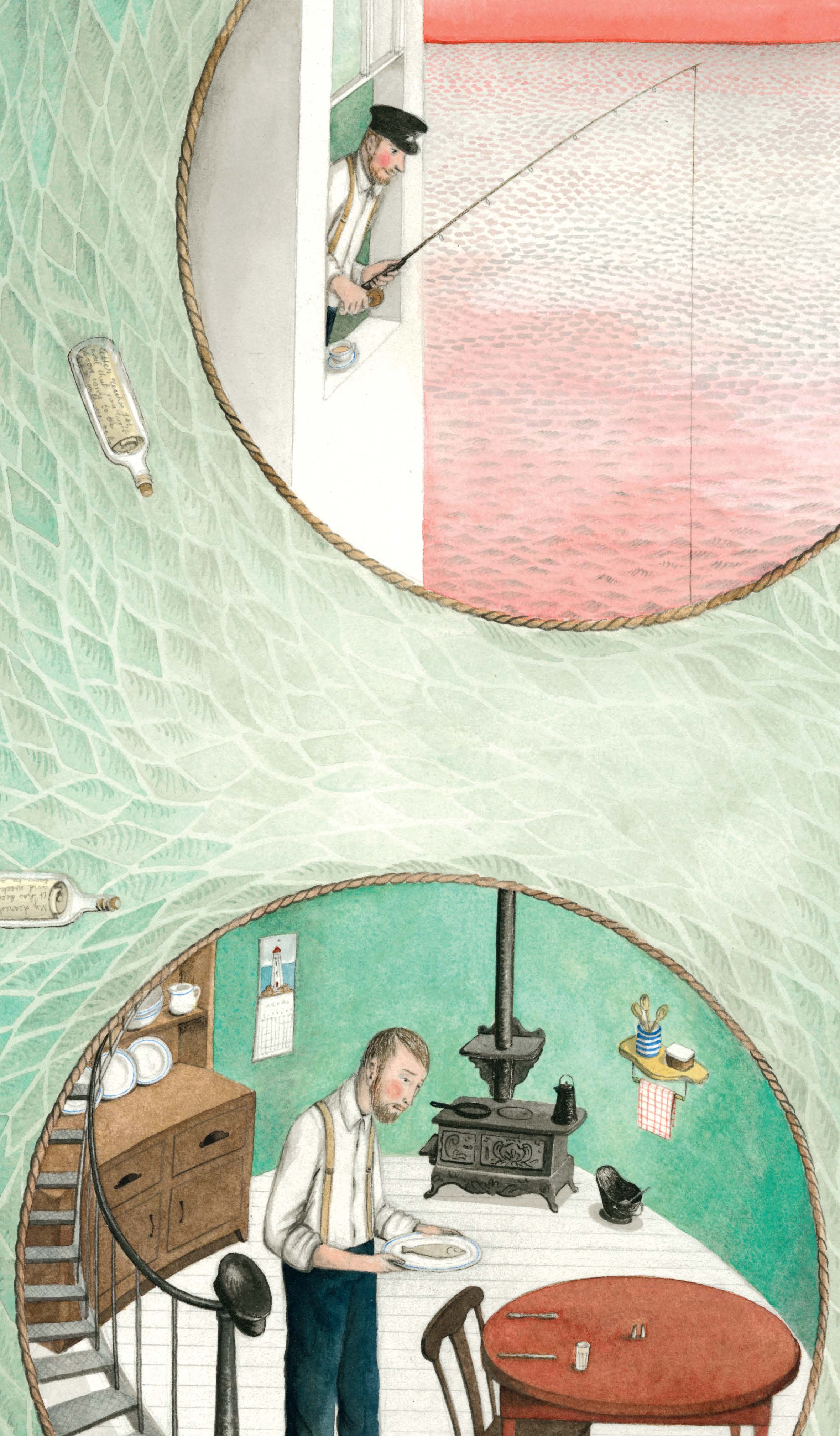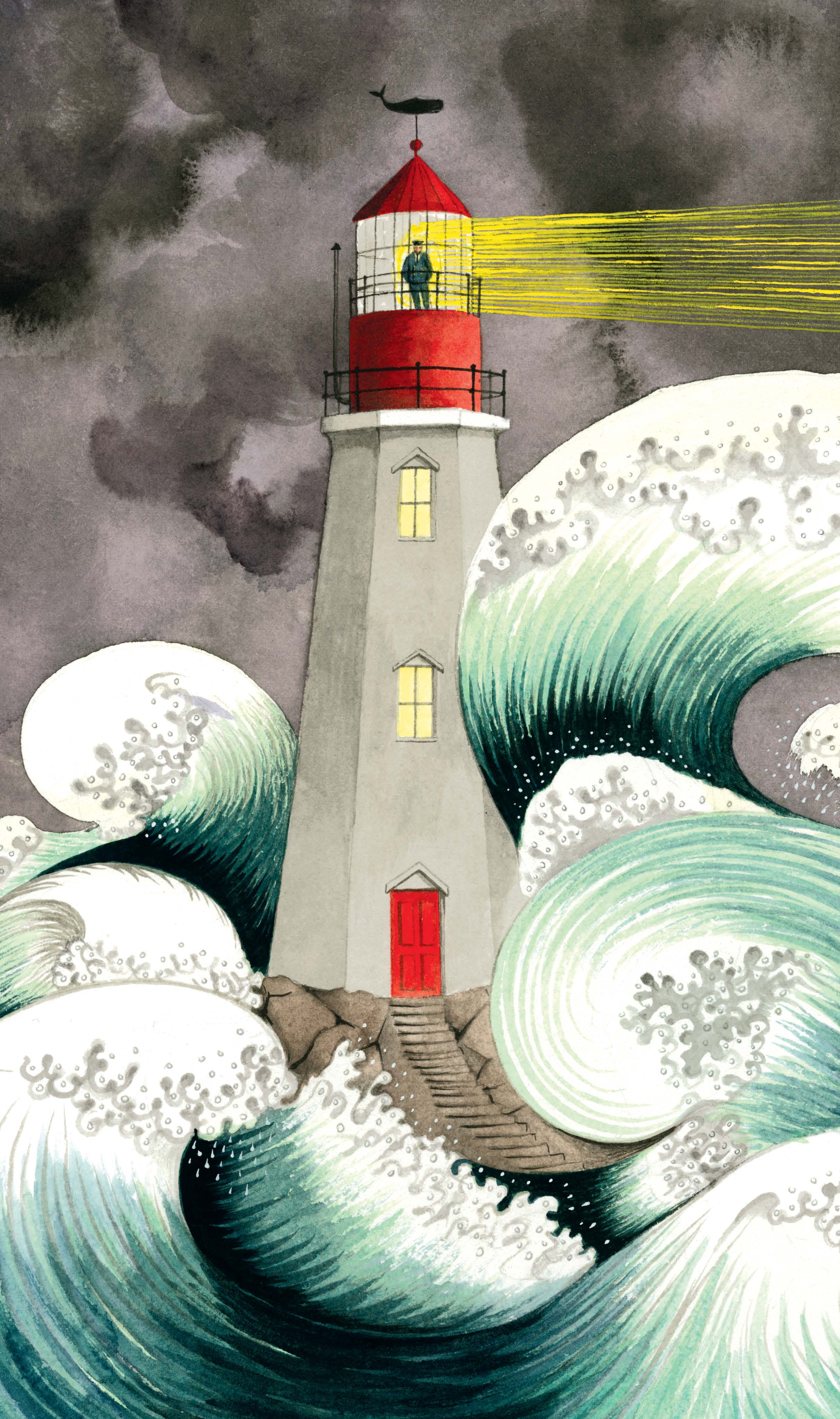Path 2: I Am a Lighthouse Engineer
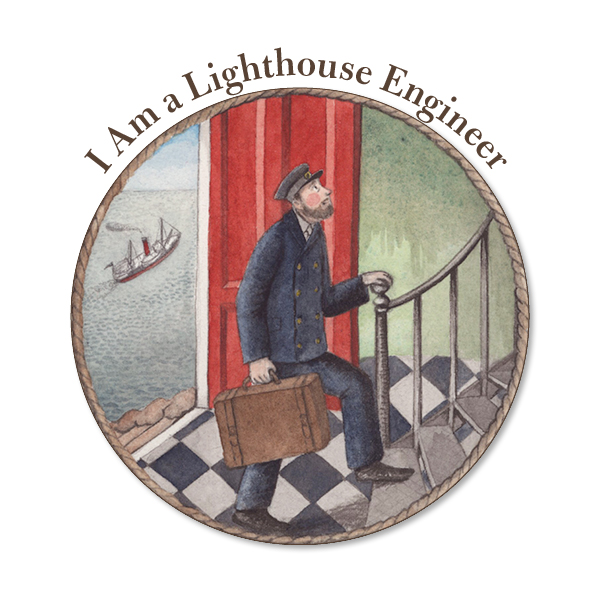
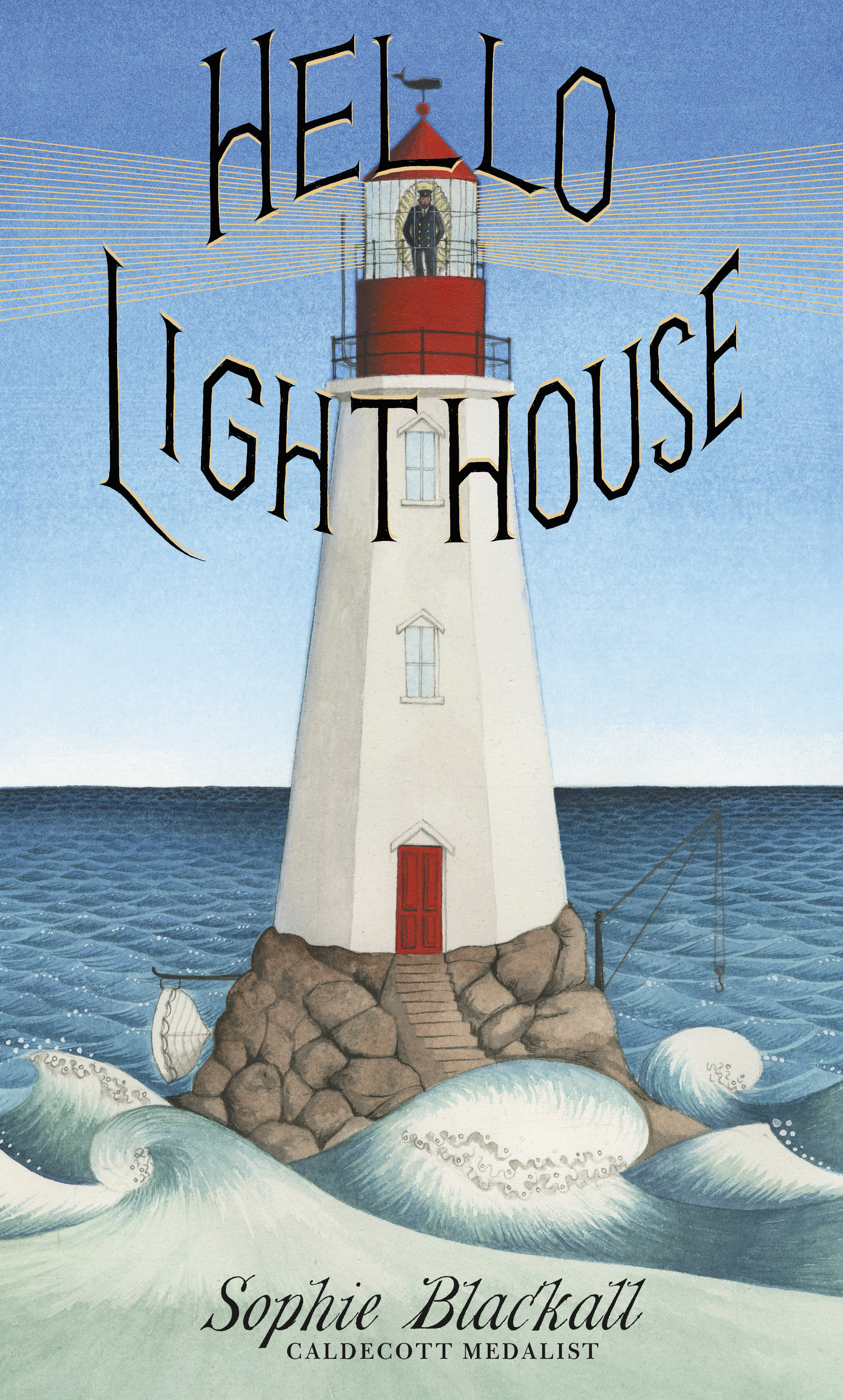
Educator Notes:
Students choosing this path will work in a small group to design and create a model of their own solution to warn boats about danger. They will have the opportunity to sketch their thinking and then use building materials to create a model of their prototype. They may create their own version of a lighthouse or develop some other solution that will warn boats about danger.
Teacher Prep Needed:
This pathway requires students to have access to building materials and a space for creating. It will also be important to have a method for assigning or facilitating the formation of a group. The materials necessary will depend on student design ideas and availability. Determining the materials and providing the materials will require educator guidance and preparation.
Students should also have access to the book Hello, Lighthouse.
It may be helpful to read informational text about lighthouses as well. There are some wonderful resources at the U.S. National Park Service Website.
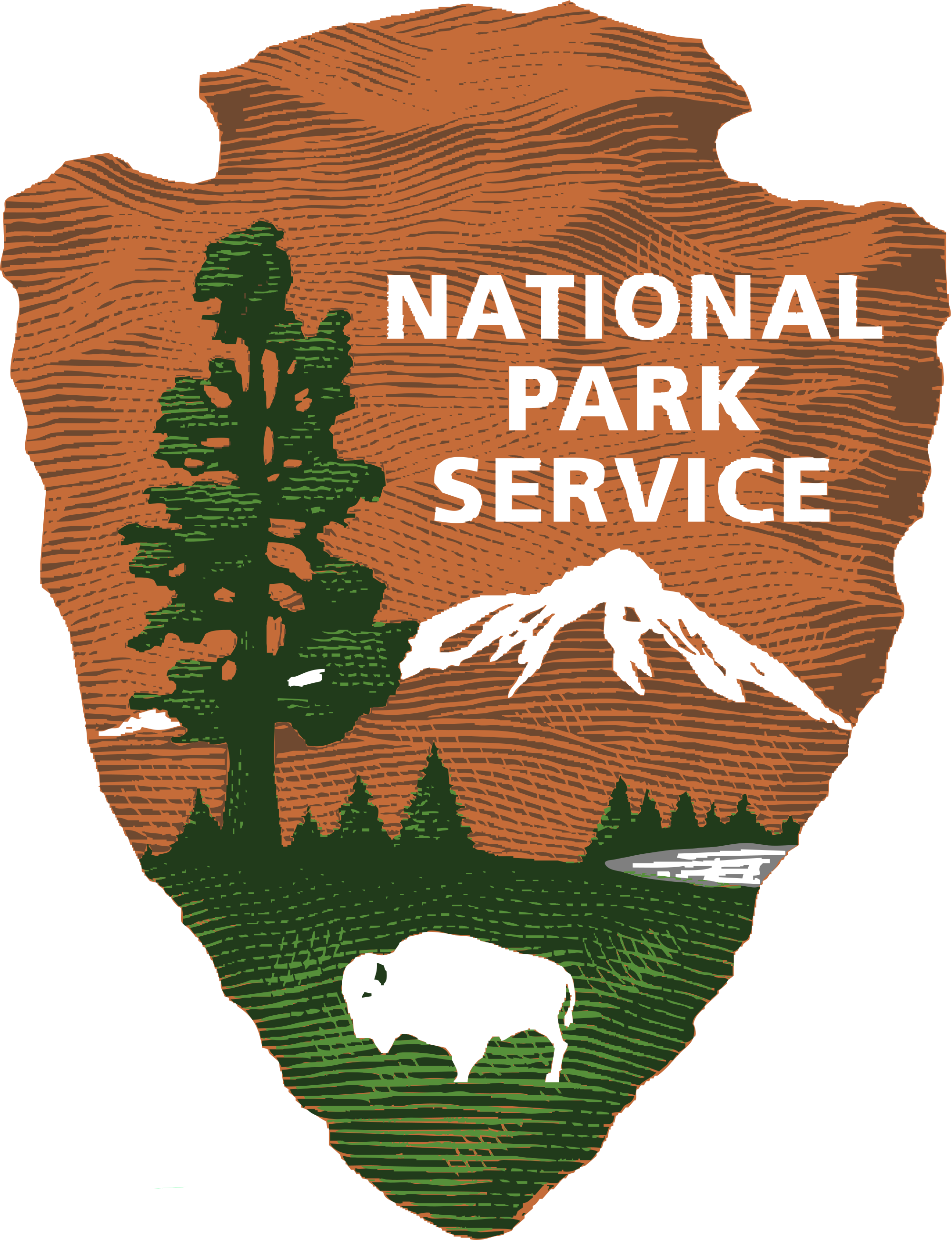
For the presentation of student work, it will be an individual educator decision to determine if presentations will be to the class, to other classes, or to the community.
This pathway does require more teacher facilitation.
Students may use the Field Journal Page to record their answers to the scaffolding questions.
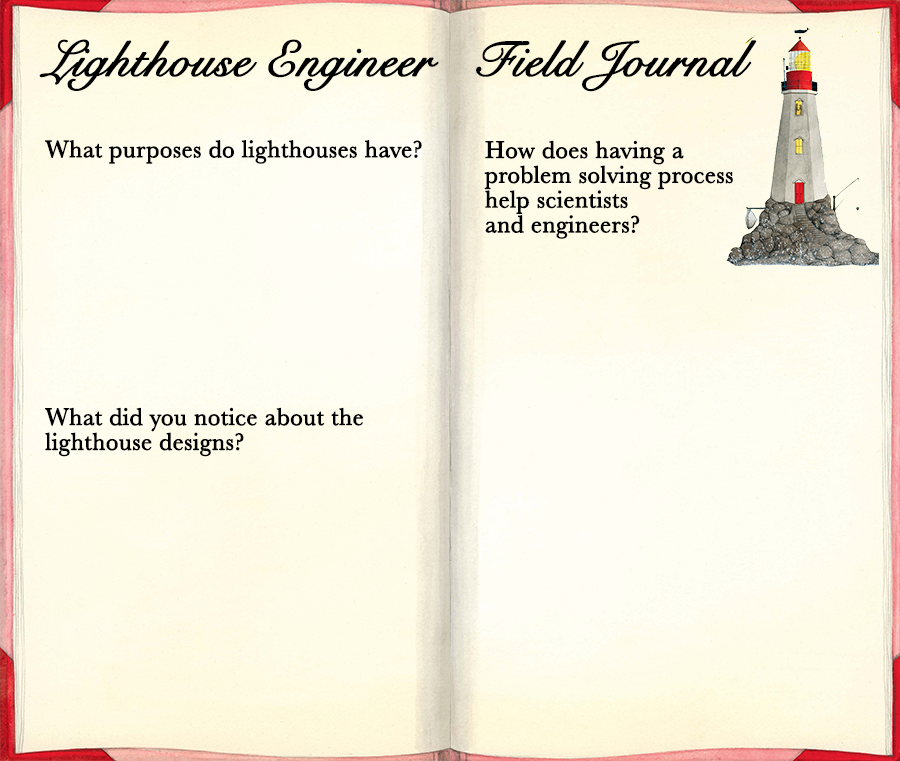
Assessment:
Students will design something that will warn boats of danger in the dark and in the fog. They will present their model and use speaking and listening skills to explain the problem and how their design will solve the problem. In their public presentation they will introduce themselves, share their idea, and thank their audience.
Read Aloud to Students:

You are an engineer and problem solver. Very soon you are going to be asked to solve a problem that will require you to work in a group. Complete each of these tasks and fill in your field journal (link) as you go and then you will be ready to tackle the problem!
Task #1
Student Directions:
What is the purpose of a lighthouse?
Why do you think there are lighthouses? Look for evidence in Hello, Lighthouse that shows why lighthouses are important.
What changed at the end of Hello, Lighthouse? Does the purpose of the lighthouse change?
What does it tell you about the purpose of lighthouses? Record your thinking in your Field Journal.
Task #2
Student Directions:
Working with a partner, look at the pictures of lighthouses on this National Parks webpage and discuss what you notice about the design of the lighthouses:
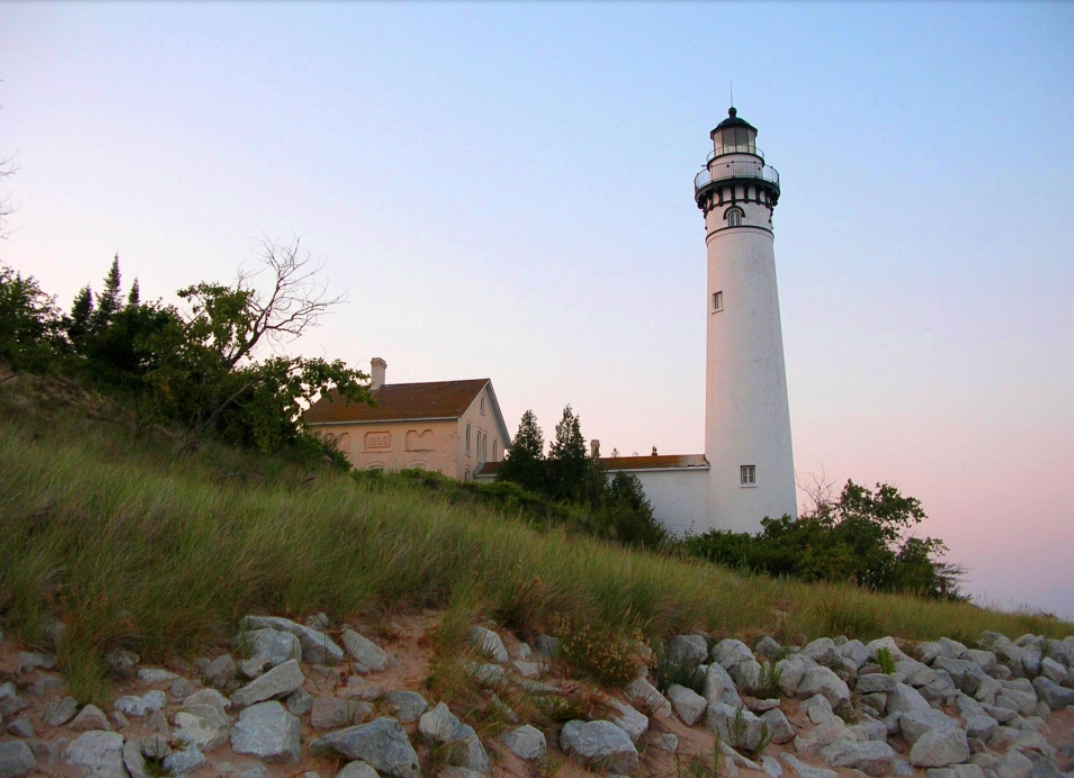
Here are some questions to consider:
- Do all lighthouses look alike?
- Do they all need to be tall?
- Which design is your favorite? Why?
Talk with your partner about your thoughts. Add your thoughts to your Field Journal.
Task #3
Student Directions:
Engineers and scientists often use a problem solving process.
Study the image below. Think about a recent problem you solved. Turn to a partner and explain how you solved it. Did you follow the steps in this image? How does having a problem solving process help scientists and engineers? Discuss this with your partner and then write your thinking in your Field Journal.

Engineer’s Project
Read Aloud to Students:
A Problem!
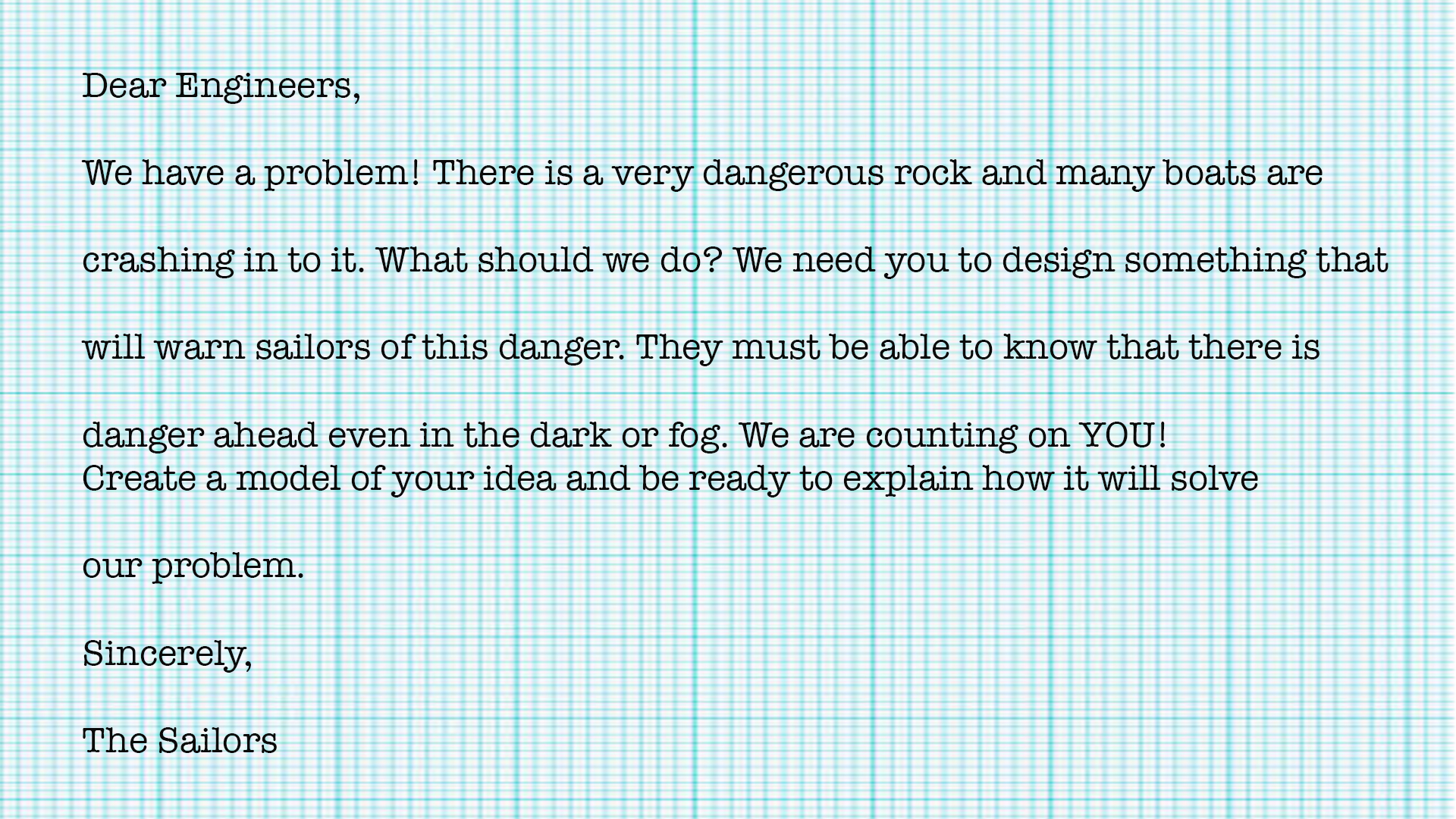
Student Directions:
In a small group, talk with your fellow engineers and sketch out a few ideas. Talk about what you have learned about the reasons for lighthouses and the different kinds of lighthouse designs you have explored. (Look at your field journals to refresh your memory.) Remember, your idea only needs to solve the problem of warning sailors of danger. You do not need to design a lighthouse. You may want to sketch ideas on your own and then share with the group or work together on one design. You will need to decide as a group, though, on one final design. Then, go to the engineering space and create a model of your idea using the materials available.
After creating a model of the design, be ready to explain how it will warn boats of danger even in the dark and in the fog. You can use this handy guide to help you:
- Introduce your group
- Explain the problem
- Show your model
- Explain how it will solve the problem
- Thank your audience
Choose Another Path!
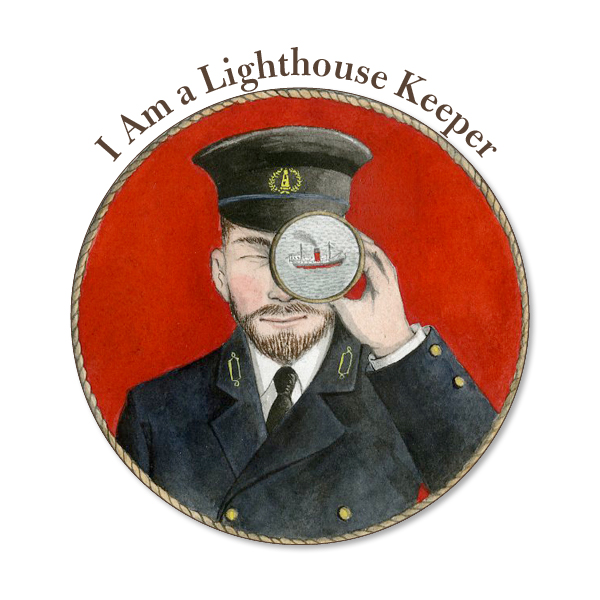
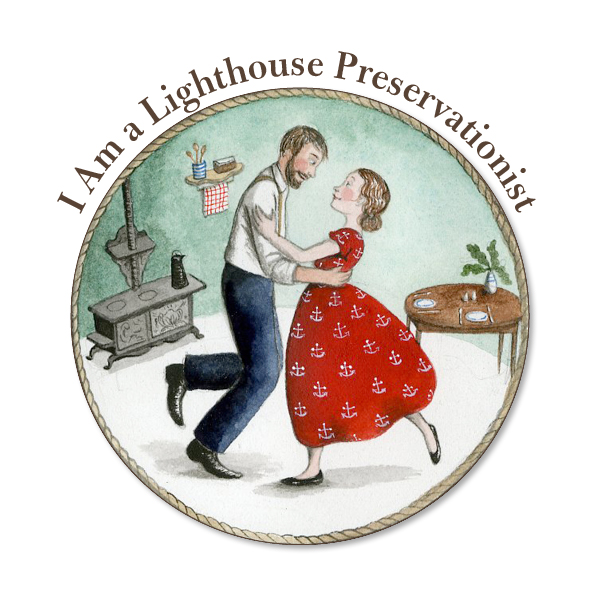
Return to the book

